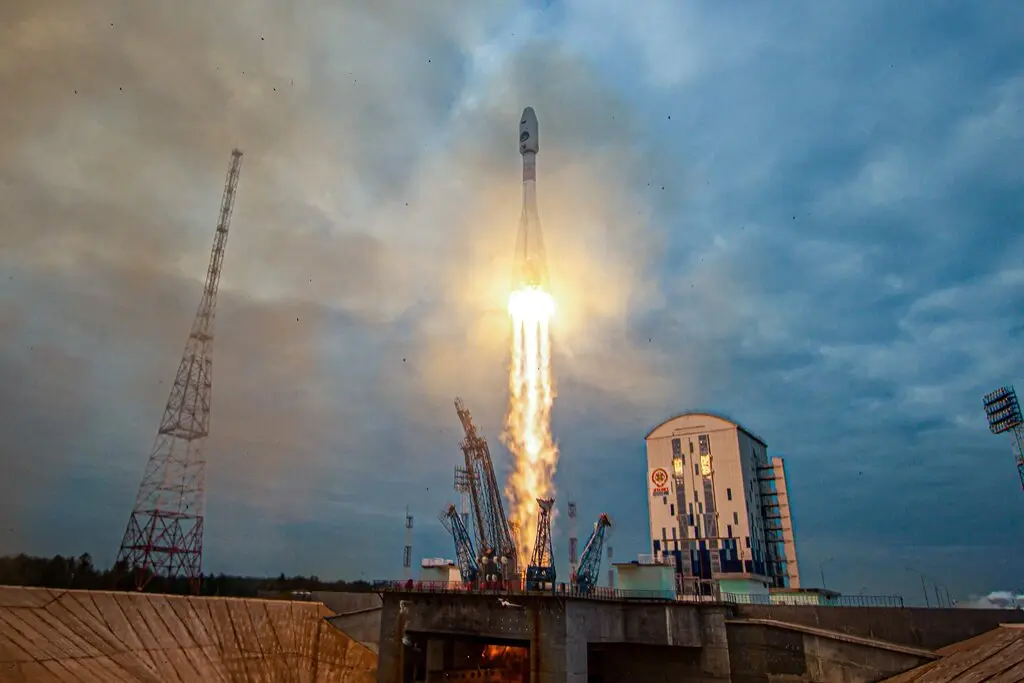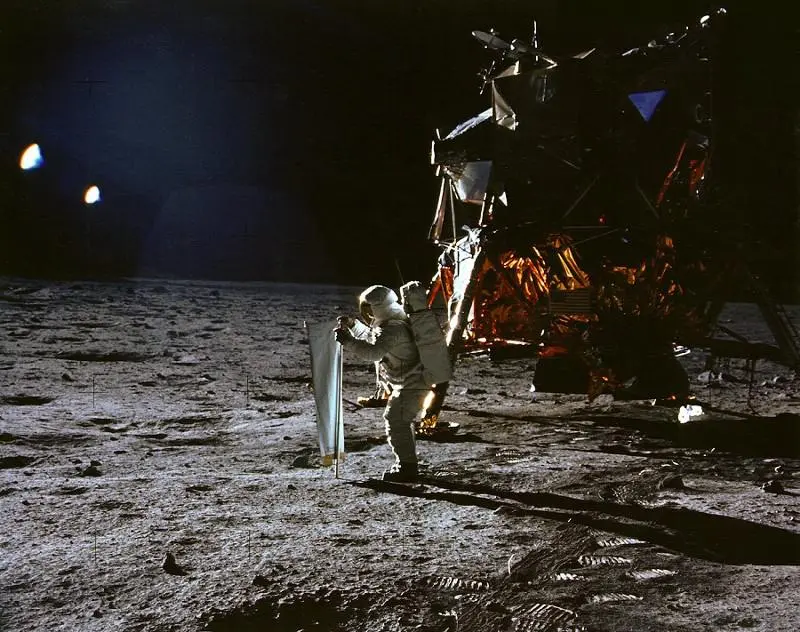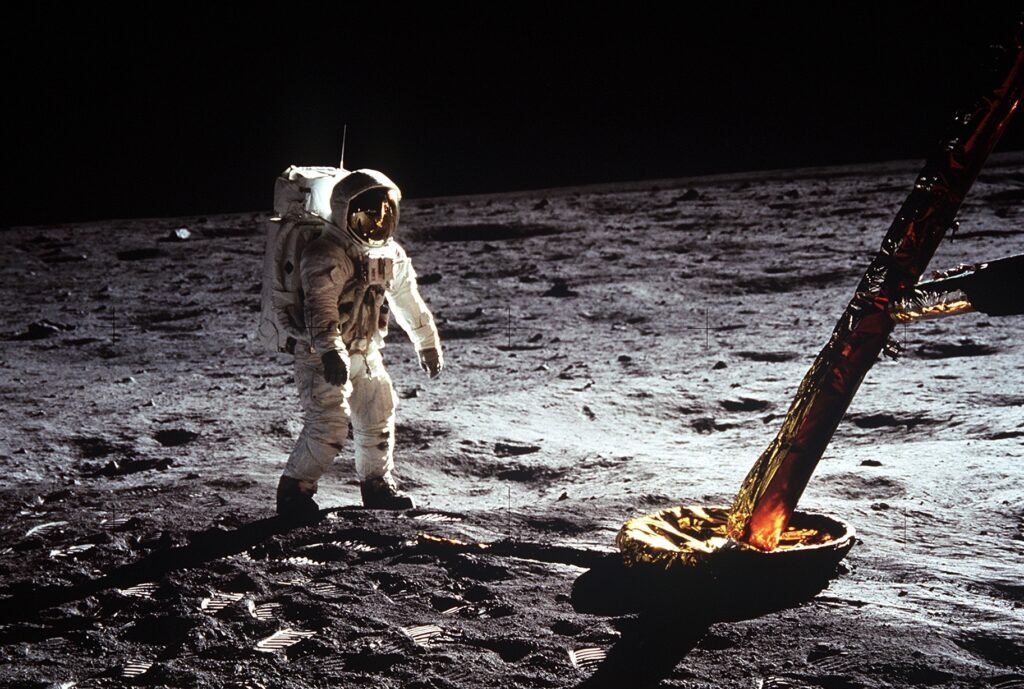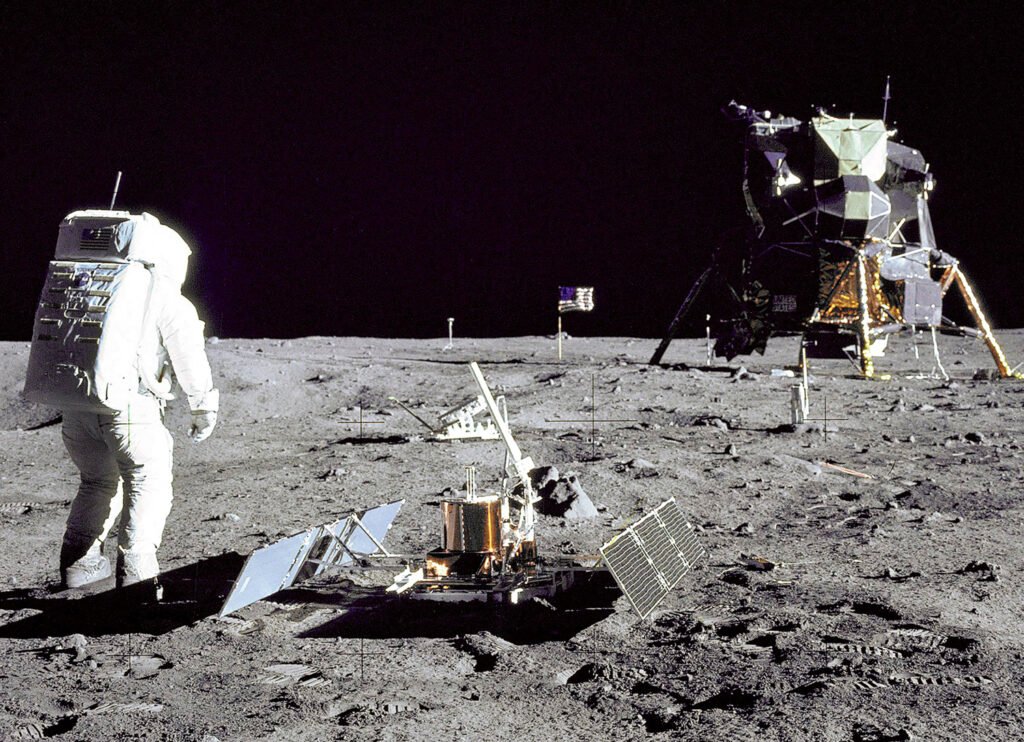Space exploration has always captured the imagination of humanity. The idea of reaching celestial bodies, such as the Moon, has been a driving force behind scientific and technological advancements for decades. However, despite our progress, a startling fact remains: almost half of Moon missions end in failure. This raises an important question – why is space exploration still so risky? In this article, we will delve into the factors that contribute to the high failure rate of Moon missions and explore the challenges that make space exploration a perilous endeavor.
The Complexities of Space

Space, the final frontier, is an immensely challenging environment. It is characterized by extreme conditions, including intense radiation, extreme temperatures, and a vacuum devoid of air. These factors alone make space exploration inherently risky. Astronauts and robotic spacecraft must contend with these harsh conditions, which can lead to equipment malfunctions and even mission failure.
Precision and Timing
One of the key challenges in lunar missions is achieving the precision and timing required to reach the Moon successfully. The Moon is constantly moving in its orbit around the Earth, and timing is crucial to intercept it. Miscalculations in trajectory or propulsion can result in missed rendezvous with the Moon, leading to mission failure. Achieving the necessary precision in space navigation is a complex task that requires cutting-edge technology and expertise.

Technological Complexity
Moon missions involve a wide array of intricate technologies, from propulsion systems to communication networks and landing mechanisms. The more complex a mission, the greater the likelihood of technical failures. Even a minor glitch in any of these systems can jeopardize the entire mission. Developing and testing these technologies to ensure their reliability is an ongoing challenge for space agencies.
Budget Constraints
Space exploration is an expensive endeavor, and budget constraints can force agencies to make compromises. Cost-cutting measures can lead to the use of less robust technologies or inadequate testing, increasing the risk of failure. Balancing budget limitations with the need for mission success is a constant struggle for space agencies around the world.
Human Error
Space missions are not immune to human error. The highly specialized and intricate nature of space technology means that even a small mistake during the planning, execution, or monitoring of a mission can lead to failure. Training and rigorous procedures are essential to mitigate the risk of human error, but it remains a persistent challenge.

Political and Geopolitical Factors
International collaboration is often critical to the success of space missions. However, geopolitical tensions and changing political priorities can disrupt partnerships and funding. These factors can lead to delays, cancellations, or compromises in mission planning, increasing the likelihood of failure.
Despite the inherent risks, the future of lunar exploration is brimming with optimism and potential. Several factors are contributing to our ability to tackle the challenges associated with Moon missions more effectively:
- Advancements in Technology: Continuous advancements in space technology are enabling the development of more robust and reliable spacecraft. From improved propulsion systems to more resilient communication networks, these innovations are reducing the likelihood of technical failures.
- International Collaboration: Collaborative efforts among space agencies and countries are becoming more common. By pooling resources, expertise, and knowledge, international partnerships can help distribute the risk and increase the chances of mission success.
- Private Sector Involvement: The involvement of private companies in space exploration is on the rise. Companies like SpaceX, Blue Origin, and others are pioneering new approaches to space travel and lunar missions. Their entrepreneurial spirit and resources can drive innovation and competition, potentially leading to safer and more cost-effective missions.
- Lessons from Failures: Each failed mission provides valuable lessons. Space agencies and engineers learn from mistakes, improving designs, procedures, and risk assessment. These lessons are critical in reducing the likelihood of future failures.
- Advancements in Autonomous Systems: The development of autonomous systems and artificial intelligence plays a significant role in improving mission success rates. These systems can detect and respond to anomalies in real-time, increasing the chances of mission recovery.
- Commitment to Sustainability: A growing awareness of space debris and environmental impact has led to greater commitment to sustainability in space exploration. Ensuring that lunar missions do not contribute to the growing problem of space debris is crucial for the long-term viability of space exploration.

Conclusion
The Moon continues to beckon as a symbol of human exploration and curiosity. While space exploration remains challenging and risky, the collective determination of scientists, engineers, and space agencies worldwide ensures that we will continue to reach for the stars. With technological advancements, international collaboration, private sector innovation, and a commitment to learning from past failures, the dream of exploring the Moon and beyond is not only alive but growing stronger.
As we tackle the complexities of space and work to overcome the hurdles that have plagued lunar missions in the past, we inch closer to a future where space exploration is not just a symbol of human achievement but a routine and sustainable endeavor. The risks may persist, but so does our unwavering spirit of exploration, driving us forward into the boundless depths of the cosmos.




































